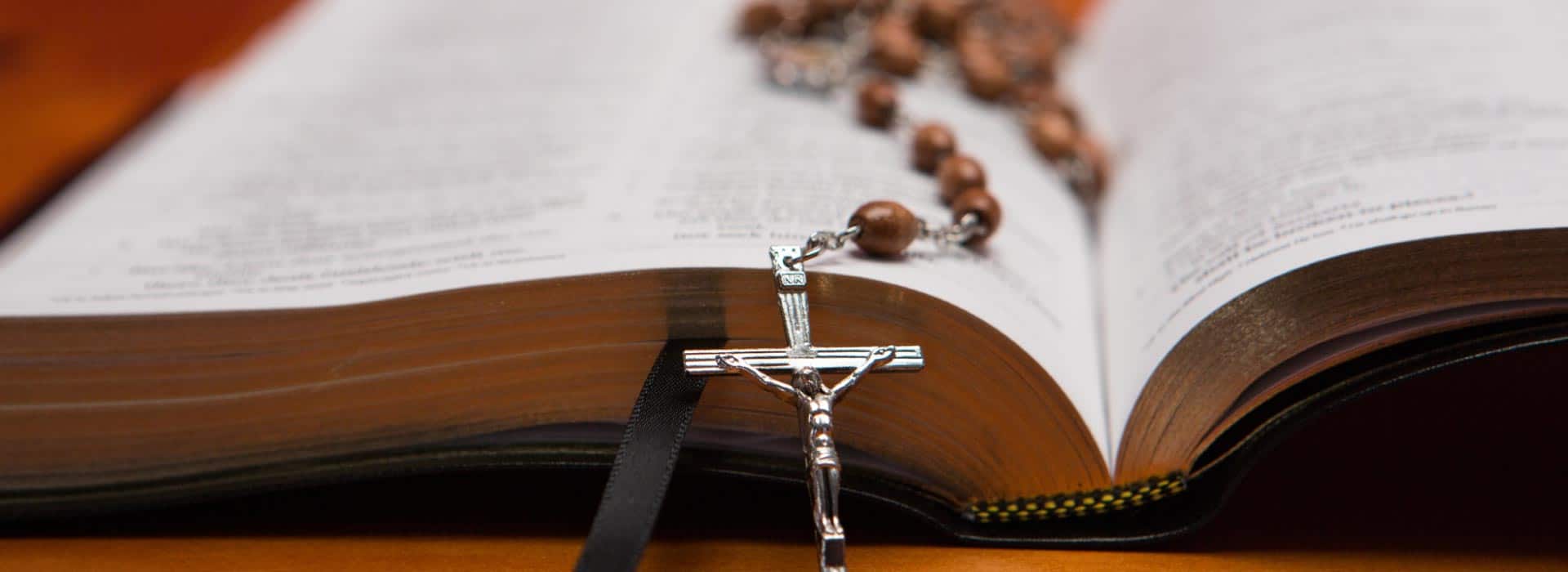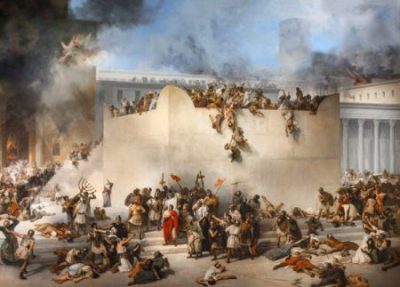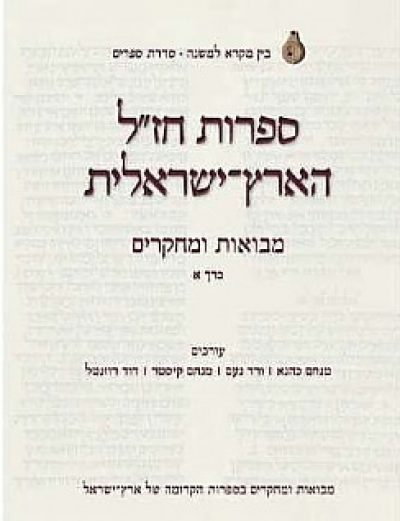Human beings are mortal, and therefore, death is a part of life. The traditional Jewish birthday wish, Ad me’ah v’esrim, “until 120!” expresses our hope for a long and full life, in emulation of Moses in the Bible. A great deal of attention is given in Jewish law to proper burial procedures and what is called k’vod hamet, “the honor of the deceased,” but honor for the dead is predicated on honor for the living and, indeed, on a general reverence for life. This is certainly a value shared by Jews and Christians alike, but the specific implications of the value may vary, with regard to issues such as contraception, abortion, euthanasia, etc. (Discussion of these is, of course, beyond the scope of the present paper.)
Jewish tradition prohibits cremation of the body. A person is supposed to be buried with all of their body parts intact. You may have seen, perhaps on television, the group of Orthodox men who appear on the scene of a disaster, such as a bombing or traffic accident. They go around, collecting the body parts and even scraping up all the blood from the street. These are to be interred in the grave, so that there will be a proper burial.
Some attribute this practice to the belief in the future resurrection of the dead and the desire to have the entire person buried and ready to rise again. Others believe that if God can resurrect the dead, He can also regenerate their lost body parts. They would still want the body parts gathered up, simply out of respect for the deceased.

This argument actually has serious implications for Jewish law, in the area of organ transplants. There are some religious Jews who oppose organ transplants out of respect for the integrity of the dead person’s body. There are others who encourage organ transplants as a way of saving lives.
When a Jew knows that he or she is dying, the tradition mandates a confession and the recitation of Sh’ma Yisrael, the affirmation of the faith: “Hear, O Israel, the Lord our God, the Lord is One.” On witnessing or hearing of a death, the survivors recite a blessing: “Blessed are You, O Lord our God, sovereign of the world, the true Judge.” The close mourners also rend their garments, although this ritual is sometimes done only at the funeral itself. The body may not be left alone from the moment of death until the burial. It is considered a great honor to be the shomer—the “guard” of the dead body—and the individual or people who do it sit beside the deceased all night, reciting Psalms. In preparation for the funeral, the body is washed completely and “purified.” The people who do this ritual procedure (men for a male body, women for a female) are members of a group called the Hevra Kadisha. An Aramaic term meaning, literally, “holy society,” it refers to especially pious people who are considered to be performing the highest kind of service. Any other good deeds we perform vis-à-vis a fellow human being might carry with them the expectation of recompense—”you do for me, I’ll do for you.” However, when we show kindness to the dead, there is no anticipation of a future return of the favor. Indeed, the Talmud gives taking care of the dead as a prime example of imitatio dei—imitating God—when He buried Moses.
The first human example of taking care of burial is in Genesis 23, when Abraham arranges for the burial of Sarah. But most of the laws regarding the funeral, the burial and the process of mourning are from Rabbinic sources. Jewish law mandates a simple procedure. Many burials in Israel and especially in Jerusalem are done without a coffin all together. When a casket is used, it is a plain wooden box, without any ornamentation. The body itself is covered in simple shrouds and often draped with a Tallit, or prayer shawl. The Talmud specifically warns against ostentation at funerals, echoing the sentiments of Ecclesiastes 3:20:” All go to one place, all are of the dust and all return to dust.”
In Israel, it is customary to hold the funeral as quickly as possible after the death, sometimes even holding it at night, especially if the death took place on Shabbat or a festival, when burial is not permitted. If there is a wait of a day or two between death and burial, it is usually done in order to permit close relatives to arrive from abroad. The funeral will be held in a special hall, near a cemetery. The funeral is typically fairly short, and consists mostly of eulogies, delivered by close relatives or friends of the deceased. The Kaddish prayer is recited by the mourners.
Although the recitation of Kaddish is probably the best-known of all Jewish mourning rites, the text of the Kaddish contains no direct reference to death. Most of the prayer is in Aramaic, though the last two lines are in Hebrew. This is the text of the general Kaddish recited by mourners, beginning with the funeral itself and continuing for the eleven months of mourning:
“May the great name of God be honored throughout the world which he has created according to His will. May He soon establish His kingdom on earth, even in our own lifetime and in the lifetime of our people, so that God may rule over us all; and let us say, Amen.
May His great name be praised for ever and ever.
Exalted and honored be the name of the Holy One, praised be He, whose glory is far above all the hymns of praise which man can offer Him; and let us say, Amen.
May our heavenly father grant life and peace to us and to all our people; and let us say, Amen.
May He who makes peace in the heavens grant peace to us and to all our people Israel; and let us say, Amen.”
The source of the prayer is Talmudic, but its association with mourning goes back to the Middle Ages. Many different interpretations have been offered for this connection. Clearly, the prayer affirms life, hope and God’s goodness. These are comforting affirmations for a mourner. One further suggestion is that when any human being dies, God’s image is diminished in the world. Therefore, we must recite a prayer praising God and restoring His glory.
The funeral service itself generally lasts less than half an hour. At that point, the body is carried to the grave-site for burial. Whether the mode of transport is on foot or in a hearse, there are stops along the way for further recitation of the Kaddish. The custom is to stop seven times along the route. Some attribute this number to the word “vanity” appearing seven times in the Book of Ecclesiastes. The Hebrew word for funeral is l’vayah, which means, literally, “accompaniment,” and refers to this practice of accompanying the deceased on his or her final journey.
The actual burial is meant to underscore for the mourners the physical finality of death. The body is lowered into the grave and dirt is shoveled in to cover up the burial site. Participants in the funeral customarily leave small stones on the grave, as a sign that they were there. (Many people, as they leave the cemetery, will wash their hands, since contact with the dead is considered a source of ritual defilement.) The headstone may be unveiled a week later, a month later, or eleven months later, depending on different customs and traditions.
After the burial, the people who have come to the funeral, but are not the direct mourners, form two lines, between which pass the mourners. As they walk by, they are comforted with the traditional articulations of consolation that vary between the Ashkenazi and Sephardic communities. The Ashkenazi custom is to say, HaMakom y’nachem etchem b’toch sh’ar avelei Tzion viYerushalayim, “May God comfort you among the other mourners of Zion and Jerusalem.” The Sephardim say, Min HaShamayim tinuchamu, “May you be comforted from heaven.”
The mourners then go home and have a special meal together, which has been prepared for them by their friends. Customarily, one of the foods eaten is hard-boiled eggs. In many Jewish customs, eggs symbolize the cycle of life and death.
The mourners stay home for seven days and are comforted by their community. This is called “sitting shiva,” or seven.
It might be useful, at this point, to say something more general about the extensive use of the number seven. We have seen it in many Jewish ritual contexts, both in terms of Shabbat and festivals and in terms of life cycle ceremonies. Rabbi Judah Loew of 16th century Prague, a great philosopher and scholar, offered an interesting interpretation of the importance of the number seven. He said that the physical world we inhabit is made up of six directions: north, south, east, west, up and down. These are the six directions in which we wave the Lulav on the festival of Sukkot. The six form a kind of cube, with six facets. The number seven represents an additional spiritual dimension in the physical world. So, for example, we work in the physical world for six days, and the seventh day, the Shabbat, is devoted to more spiritual pursuits. When a man and a woman have a relationship, it might remain purely on the physical level. But when it is sanctified by reciting the Seven Blessings under the wedding canopy, the relationship takes on an added spiritual dimension. Finally, when a human being dies, that could simply be considered a biological occurrence. But when he or she is mourned and when the mourners are part of a larger community that comforts them, then the death takes on a more spiritual meaning, as well. Thus the number seven functions in many situations as a reminder of the connection between the physical and spiritual worlds.
The Jewish mourning process takes place in three stages. In most cases, the mourning period is a week and then a month. During the week of mourning, as mentioned above, the mourners sit at home and receive guests who have come to console them on their loss. They sit on low stools or benches—one rabbi has suggested that this is a symbolic expression of their mood; they’re “feeling low.” The mirrors in the home are covered with cloths. For some, this is a symbolic representation of an idea mentioned above—that every human’s death is a diminution of the Divine Image in the world. Another interpretation of the covering of mirrors is that during the period of shiva, no one should be concerned with vain matters such as his or her appearance. In many cases, daily prayer services are held in the house of mourning, once or twice a day. If you are paying a shiva call to Jewish friends, neighbors or colleagues, find out if they have any specific requests (for example, many people prefer not to receive visitors from 2 to 4 in the afternoon, or after a certain hour in the evening, and not on Shabbat.) A condolence call lasts typically 30-45 minutes. Some visitors wait for the mourners to begin the conversation. It is considered polite to ask questions about the deceased—how he or she lived and died. The shiva week is often a time for the mourners to hear stories about the deceased from the visitors and to share reminiscences. There can even be humor and laughter, if appropriate at that particular moment.
The proper greetings—said as one leaves the Shiva house—are the ones mentioned above, from the Ashkenazi and Sephardic traditions. We should mention some of the significance of the first of these two. The Hebrew uses the word Makom, place, as one of the names of God. This is based on a Rabbinic statement that “God is the Place of the world, but the world is not His place.”
However, at least three other interpretations have been offered for “HaMakom y’nachem etchem…”; literally, “the place will comfort you,” or “may the place comfort you.” One suggestion is that the comforting place is the Holy Land in general and Jerusalem in particular. Another is that the place being referred to is the shiva house itself, and that it is through these sympathy calls that people find solace. Finally, another interpretation is that what ultimately gives us comfort is the place we make in our hearts for the positive memories of the deceased.
Another appropriate greeting, although less traditional, is shelo ted’u od tza’ar, “that you should know no further sorrow.”
After the first intensive week of mourning, the family can go back to work, school and other everyday pursuits. But they still recite the Kaddish—now, they can recite it in the synagogue and not at home—and maintain certain mourning rites. For example, many Jewish men do not shave during this entire month. At the end of the month, there is usually a ceremony to mark the end of this period called the sheloshim—”thirty”, as in thirty days. Thirty days of mourning are mandated for close relatives other than parents—a spouse, a sibling or a child.
If, however, the deceased was a parent, then the recitation of the Kaddish continues until the end of eleven months and some of the mourning customs continue until the end of a whole year. For example, some mourners do not buy new clothes during the whole year, do not attend parties and concerts, etc. The reasons that the mourning for a parent is much longer than for a spouse, sibling or child is that in the natural course of things, parents die. As the Book of Ecclesiastes puts it (1:4), “One generation passes away, and another generation comes, and the earth abides for ever.” Therefore, Jewish law mandates that we continue mourning for an entire year, as a fulfillment of the commandment to honor our parents.
On the other hand, the loss of a spouse, sibling, or, especially, a child, is so traumatic that Jewish law does not require official mourning beyond the first month. Clearly, such a loss is so great that in some cases, the mourners are never truly consoled. But the system of Jewish law attempts to ease people back into the everyday schedule of their lives.
There are two other customs that should be mentioned in connection with mourning rites. One is that on the anniversary of the death each year, it is customary to light a 24-hour memorial candle and to recite the Kaddish. (Some people also have the custom of fasting on this date.) Interestingly, the word used for this annual commemoration is Yiddish, rather than Hebrew: Yahrtzeit, literally “year-time.” The other custom is that on Yom Kippur, Sh’mini Atzeret, the seventh day of Pesach and Shavuot, special prayers for the dead are recited in the synagogue. This is called Yizkor, from the Hebrew for “remember.”
All that we have said applies equally if the deceased was a male or female. Traditionally, however, there was a difference in the mourning customs for male and female mourners. In most cases, only men recited the Kaddish prayer, particularly in the synagogue. However, in recent years, more and more women have decided that they wish to honor the memory of their loved ones by reciting the Kaddish. This is in line with the general trend we have noted—on happy occasions, as well—to enhance the participation of women in Jewish rituals.
Relative to some other faiths, Judaism devotes little attention to questions of the afterlife. There is relatively little speculation about life-after-death. The most common belief is that the souls of people who have led a righteous life live on in some form after their death. (To be fair, within the Jewish mystical tradition, there is an idea that by saying Kaddish for our parents, we enable them to get in to Heaven.) But the overwhelming emphasis is placed on life here on earth.
We hope that you will be able to celebrate many s’machot, happy occasions, and that the occasions of mourning will be few and far between.






